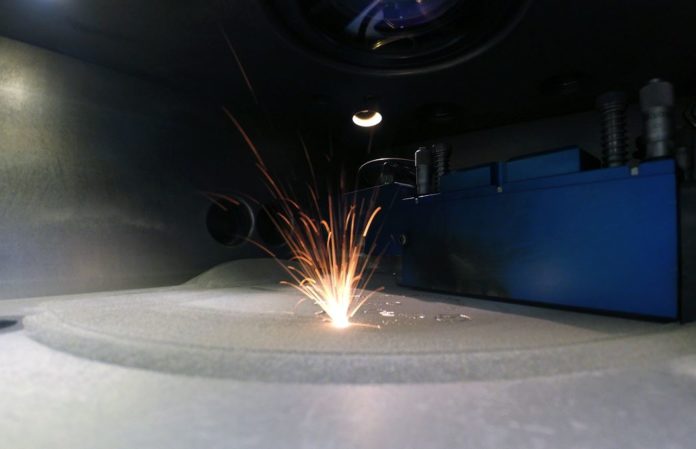It all starts with one observation: despite being accepted as proven parts, troubleshooting valve designs continued to leak in end applications
Marotta Controls aka Marotta, an aerospace and defense supplier, joins the list of companies that are currently leverage additive manufacturing (AM) as part of their activities. The New Jersey-based company validates a patented method to create internal features of an advanced manifold valve.
Using Selective Laser Sintering (SLS), the company explains that the design technique generated nuanced radial passages in various geometries not possible to achieve via traditional machine methods. Given this, the new manifold valve delivered increased velocity pressure control.
Marotta also confirmed that it is incorporating AM to reduce parts, simplify assembly and shorten lead times to deliver lower cost, higher performing products.
“We have a near 80-year culture of creative thinking, of challenging the status quo,” said Brian Fly, Vice President Marine Systems, Marotta Controls. “And we’re proud to confirm that that mindset resulted in a remarkable evolution to a tried and true part used for generations. Additive manufacturing offers some very interesting opportunities that we’re inherently designed to embrace on behalf of our customers. We anticipate more unique, disruptive innovations to come out of this capability as we continue to apply it.”
The manufacturing process of the manifold valve.
It all starts with one observation: despite being accepted as proven parts, troubleshooting valve designs continued to leak in end applications.
Eventually, the team solves this problem and decided to go one step further by improving the manifold’s performance in high pressure applications —a problem that required re-evaluating how and where best to apply Bernoulli’s equation within the system’s design.
A press communication explains that early manifold iterations saw performance increases driven by the introduction of new materials, chamber reconfigurations, and other mechanical adaptations. These solutions launched new product lines for Marotta that were customizable to a wide range of standards for military as well as commercial applications. However, the company still saw additional areas for innovation.
Valves and manifolds are historically produced via subtractive machining, with boring tools removing unwanted material to construct their radial passages within a single metal block. The radial passages are typically cylindrical or slightly frustoconical in nature. This design approach allows for passages that expand in two dimensions. By introducing a third dimension through AM, however, Marotta has improved those passage features to achieve desired performance.
Marotta’s patented approach starts with a 3D CAD model of choice that can meet varying ranges of end application specifications. Via the SLS machine, powdered metal is fused together layer by layer to construct a solid, single-pieced component with three-dimensional passage structures that can vary in shape—diamond, horizontal dome, spindle, branch-like, and others.
Marotta has evaluated its 3D valve concept in more than a dozen design configurations, with the passage structures varying. Velocity improvements are notable as is the part’s impact on the overall manifold’s production and performance.
Remember, you can post free of charge job opportunities in the AM Industry on 3D ADEPT Media or look for a job via our job board. Make sure to follow us on our social networks and subscribe to our weekly newsletter : Facebook, Twitter, LinkedIn & Instagram ! If you want to be featured in the next issue of our digital magazine or if you hear a story that needs to be heard, make sure to send it to contact@3dadept.com






